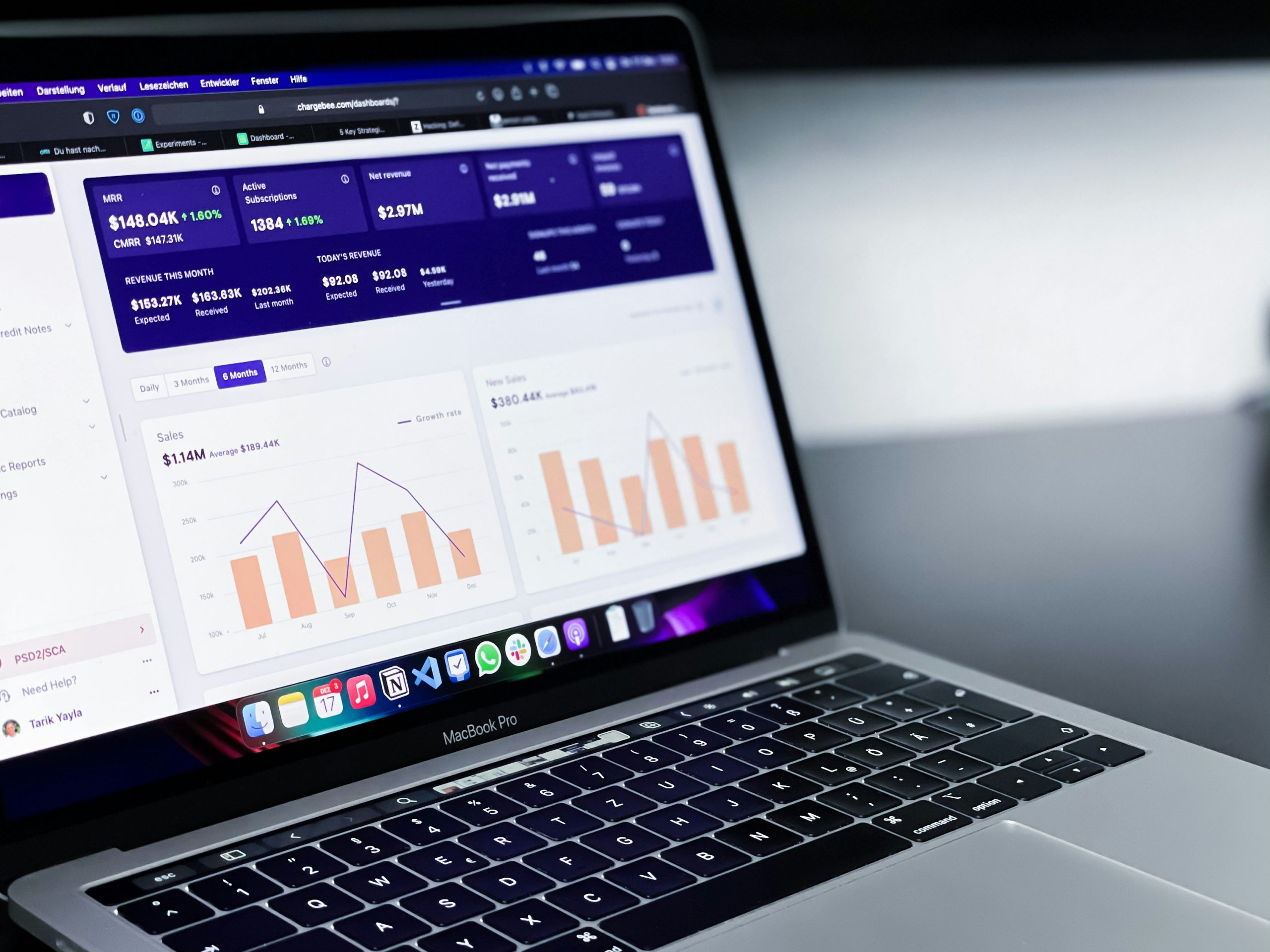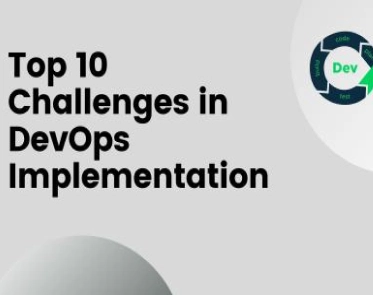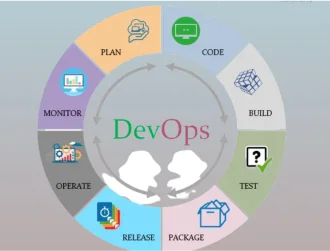Introduction: Why Mobile Analytics Must Be Rethought
In the fast-paced world of mobile apps, tracking user behavior is no longer optional. Mobile Analytics and Attribution with React Native & FastAPI drives product decisions, marketing ROI, and ultimately, business growth.
- Performance vs. data depth
- Real-time access vs. system reliability
- User privacy vs. comprehensive tracking
We set out to eliminate these trade-offs by building a Mobile Analytics and Attribution platform with React Native and FastAPI, a high-performance real-time system that unifies event tracking, attribution, and data insights.
React Native Frontend: Smarter Tracking Across Platforms:
1 . One Codebase, All PlatformsWith React Native and Expo, we maintained a unified codebase for iOS and Android. This streamlined approach enabled:
- Consistent event tracking mobile app users across devices
- Faster implementation of analytics updates
- Reduced QA surface and technical debt
- Hot patching for urgent fixes without app store re-submissions
2. SDKs That Work for You, Not Against You
Rather than building tracking logic from scratch, we selectively integrated top-tier SDKs:
- Appsflyer: For deep attribution and install source breakdown
- Firebase: Crash reporting and fallback analytics
- Branch: Seamless deep linking with user context preservation
Expo’s config plugins handled native linking and background tasks, slashing integration time by more than 20 hours per SDK.
3. Smarter Event Collection with Custom Hooks
We designed our internal analytics layer to be developer-friendly and performance-aware. Highlights include:
- Dynamic event sampling: Reduces noise by throttling low-priority events in poor network conditions
- Priority-based queues: Ensures business-critical events (like purchases) are processed first
- Retry logic: Failed events are stored and retried for up to 72 hours
4. Contextual Tracking with Navigation Awareness
By enhancing the React Navigation system, we automatically captured key navigation metadata:
- Screen transitions with duration
- Entry method (button, deep link, push notification)
- Scroll depth and abandonment patterns
This allowed our product team to map the full user journey with minimal manual tagging, supporting a robust real-time mobile analytics system.
FastAPI Backend: Speed, Scale, and System Stability
1. Non-Blocking APIs for Maximum Throughput
We leveraged FastAPI’s async capabilities to ingest data at scale. Events are queued instantly, ensuring no UI slowdowns for end-users. Our endpoints comfortably handled:
- 15,000+ requests per minute
- 95th percentile response times under 50ms
- Zero event loss during stress testing
2. Redis Streams: Backbone of Real-Time Processing
Incoming events are streamed through Redis for time-windowed batching. From there, they fan out to dedicated consumers handling:
- Real-time dashboards
- Data warehousing
- Marketing automation pipelines
Our system processed over 2 million events during Black Friday with zero performance degradation.
3. Time-Series and Hybrid Data Storage
Data was split across purpose-specific databases:
| Database | Use Case | Scale |
| PostgreSQL | User metadata | 50 GB |
| TimescaleDB | Time-series analytics | 1.2 TB |
| Redis | Session/state cache | 16 GB |
Compression in TimescaleDB helped reduce storage usage by 80% while preserving query speed for historical reports.
Built-In Privacy and Compliance:
1. Data Minimization by Design
We deliberately avoided collecting PII unless absolutely required. Instead, we logged:
- Hashed device IDs
- Region-scoped IP addresses (first 3 octets only)
- Tokenized user identifiers
2. Dynamic Consent Management
Consent isn’t static. We built tooling to allow users to:
- Opt in/out by event category (e.g., marketing, performance)
- Trigger GDPR/CCPA requests on demand
- Auto-expire non-essential data every 30 days
This structure passed third-party EU audits without a single critical issue.
Developer-Focused Experience:
1. Self-Service for Business Teams
We empowered marketing and product teams to create and iterate on their own reports:
- SQL-based funnel builders
- Custom dashboards with metric alerts
- Searchable event logs for debugging
This drastically reduced back-and-forth between engineering and business teams.
2. End-to-End Automation with CI/CD
Our GitHub Actions pipelines ensured high velocity and confidence:
- Type-checks and linting on every PR
- 300+ unit and integration tests
- Dockerized deploys to staging
- Production rollouts gated by manual approvals
Code changes moved from commit to production in under 15 minutes.
What We Learned:
- Async is non-negotiable: Our early synchronous prototype buckled at only 8% of current scale.
- Type safety isn’t optional: Over 200 issues were caught before deployment thanks to end-to-end TypeScript use.
- Docs empower marketing: With clear examples, marketing was able to build campaigns without dev assistance.
The Measurable Results:
| Metric | Before | After |
| Event Latency | 3s | <1s |
| Data Loss Rate | 12% | 0.1% |
| Marketing ROI | – | +22% |
What’s Next on the Roadmap:
- Predictive Analytics: Churn scoring, feature adoption forecasting
- Edge Computing: Localized event aggregation to reduce cloud load
- Cross-Platform Journeys: Combine mobile + web data for full-funnel insights
As the system evolves, our focus remains on extending the possibilities of Mobile Analytics and Attribution with React Native, enabling deeper insights, smarter automation, and faster product iteration across global mobile ecosystems.
Conclusion:
This architecture proves a key principle:
You don’t have to choose between speed, scale, and privacy. Mobile Analytics and Attribution with React Native and FastAPI demonstrates that:
- Real-time performance can coexist with rich insights in a real-time scalable mobile analytics system
- Data scale can grow without hurting user experience
For teams looking to modernize event tracking mobile app data, this React Native + FastAPI setup provides a blueprint that is both technically sound and business ready.
Credit: –
Ijaaz Ahamed
Software Developer








